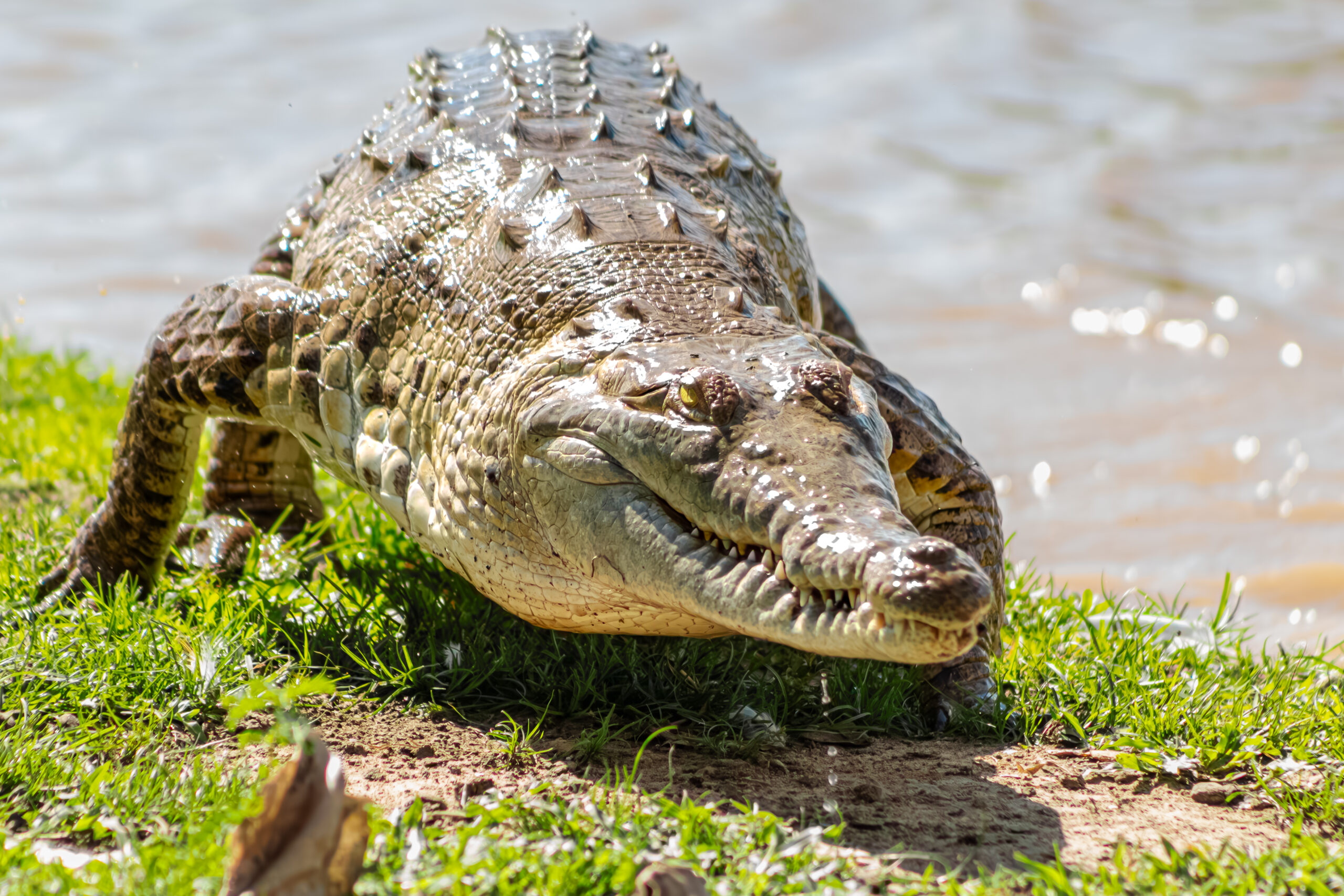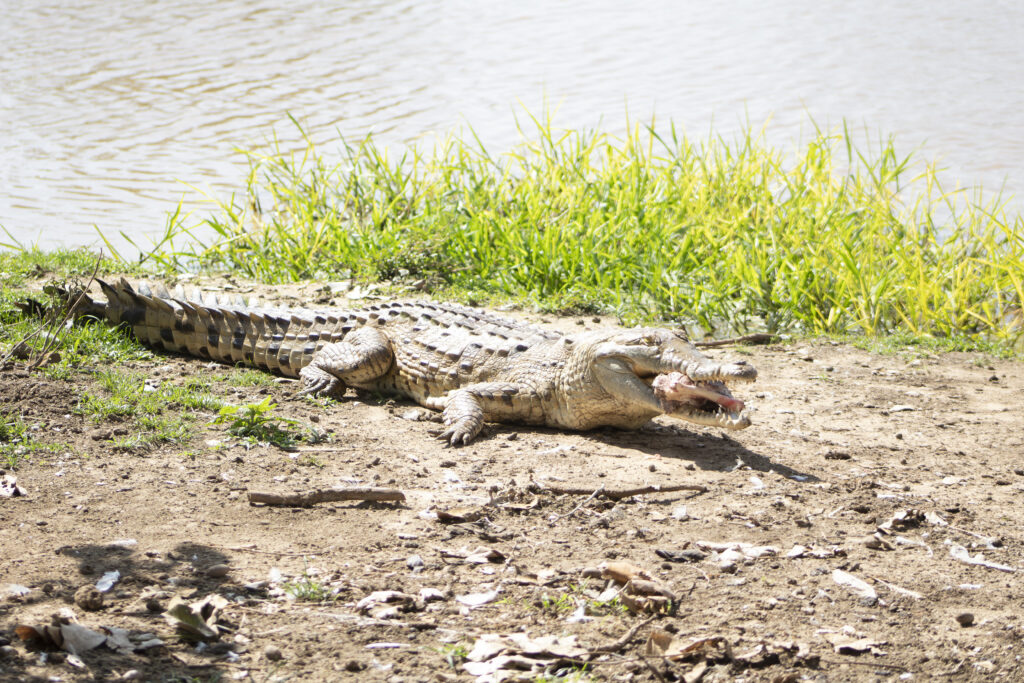
It is a species of crocodile from the family Crocodylidae, endemic to the Orinoco basin. It is considered the largest predator in Latin America and one of the largest crocodile species in the world, with a maximum recorded length of seven meters. The most significant populations are located in the Cojedes and Capanaparo rivers. It is an emblematic species for the llanera culture, a source of great stories and legends among the llaneros.
Order: Crocodylia| Family: Crocodylidae
Scientific name: Crocodylus intermedius
common name: Caimán del Orinoco, caimán llanero, orinoco crocodile
Best season for orinoco crocodile: All year round
Description
The Orinoco crocodile is the largest predator in Latin America and one of the largest living reptiles on the planet, as it can exceptionally reach lengths of up to 7 meters. The average size of males ranges from 4.1 to 4.5 meters in length and weighs between 369 and 428 kg. Females are slightly smaller, measuring 3.06 to 3.9 meters in length and weighing between 195 and 211 kg.


Distribution
It is an endemic species of the Orinoco River basin between Colombia (the Llanos) and Venezuela, with a distribution area covering approximately 600,000 km².





Habitat
It is found in freshwater lagoons, humid tropical savannas, swamps, marshes, and grasslands near rivers and lakes in open or wooded areas. It is common along riverbanks. It has also been reported in disturbed habitats such as agroforestry systems, pastures for cattle, and rice fields.
Feeding
The Orinoco crocodile is carnivorous and is considered an opportunistic species because it feeds on a wide variety of prey, although it prefers a piscivorous diet. Its diet varies depending on size; thus, newly hatched juveniles feed on insects and other small invertebrates, and as they grow, they incorporate fish, frogs, snakes, birds, and mammals into their diet.


